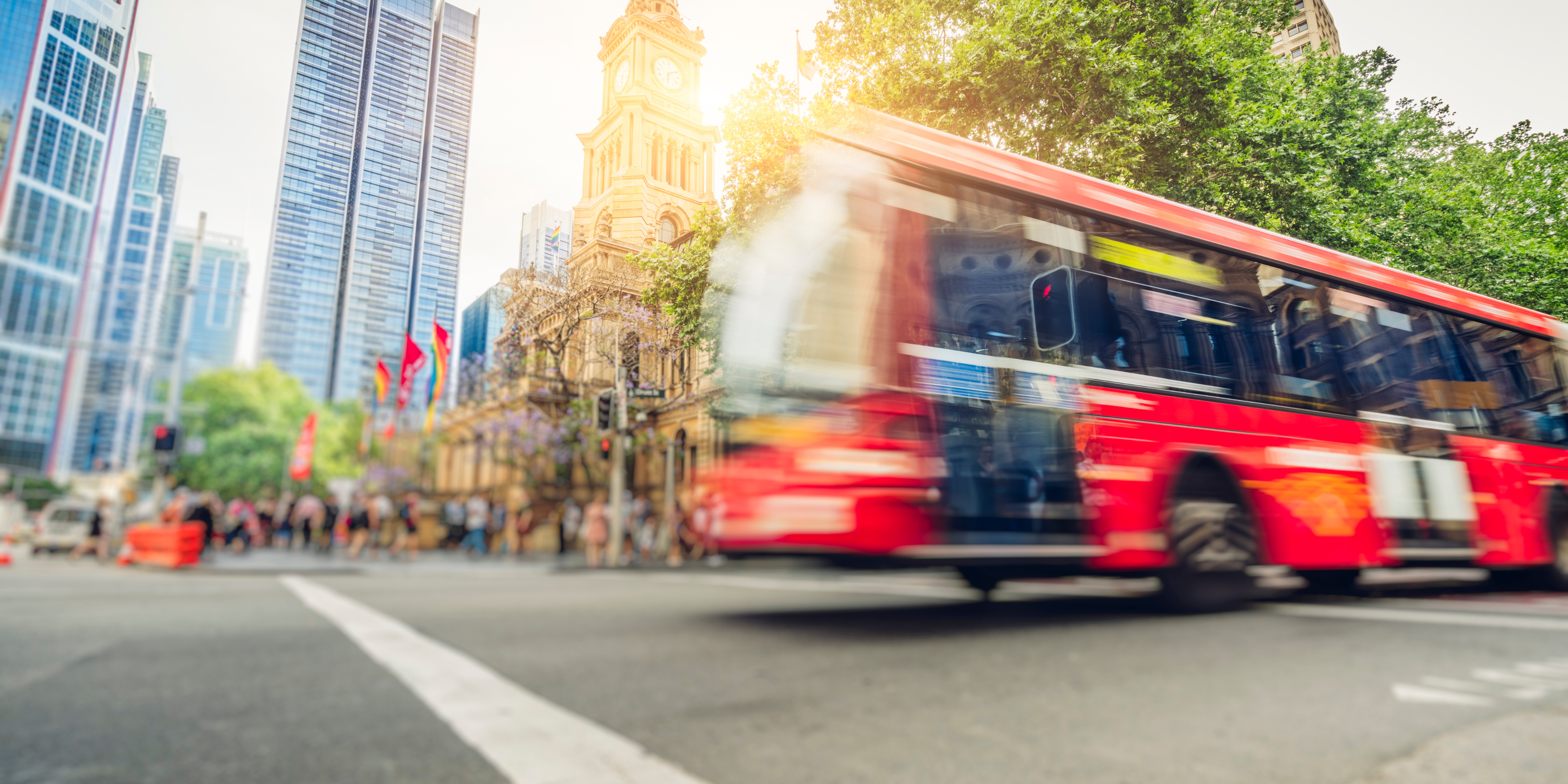The Climate Council welcomes the Australian Government’s consultations for the Transport and Infrastructure Net Zero Roadmap and Action Plan.
Transport connects us to everything: our communities, workplaces, friends and family, education, healthcare and all the essential services we need. Our ability to get around – safely and without barriers – is fundamental to our quality of life, wellbeing and participation in society. Delivering a transport system that is clean, convenient and reliable is key to having vibrant, thriving communities across Australia.
Building a cleaner transport system is also essential for slashing climate pollution further and faster this decade. Last year, 2023, was the Earth’s hottest year on record by a large margin (NOAA, 2024). July 2023 was the first month in which the global average temperature rise spiked 1.5°C above pre industrial levels (WMO, 2024). We are all living in this age of climate consequences with extreme heat waves in southern Europe, North America and China, devastating wildfires in Canada and Hawaii, and deadly floods in India, Brazil and Libya. Scientists were shocked by record-breaking sea surface temperatures globally in 2023 and record low sea ice extent around Antarctica.
The thread of extreme weather and unnatural disasters is a stark reality for Australians. The New South Wales Rural Fire Service announced an early start to the fire danger season in August 2023 (ABC, 2023a) and by November 2023, more than 610,000 square kilometres had burnt across north Australia – an area larger than Spain (The Guardian, 2023a). Bushfires were also raging on the east coast in November 2023 – a month before the official start of summer – with lives threatened and more than 50 properties lost in Queensland (ABC, 2023b). By December 2023 and January 2024, the same state was being hammered with cyclonic conditions, severe flooding and storm events, plus heatwaves (New York Times, 2023). These storms and flash flooding tragically took ten lives over Christmas (The Guardian, 2023b). And in early 2024 our Australian icon, the Great Barrier Reef, has suffered through an intense bleaching event that is set to be part of the most extreme planet-wide bleaching event in history (The Guardian, 2024). Australians are already losing homes and livelihoods to fires and floods, being forced to pay higher prices for food insurance, staying indoors to avoid extreme heat, and witnessing our landscapes and wildlife being devastated by extreme weather (Climate Council, 2023a).
These are the consequences of climate change, driven by the burning of fossil fuels, that Australians are already experiencing at 1.2°C of warming (Climate Council, 2023a). Worse is on the way if we do not slash climate pollution further and faster now. There is no safe level of global warming, and every fraction of a degree matters. Striving to limit global average temperature rise as close as possible to 1.5°C is essential to avoid far more severe and irreversible changes to our climate. Therefore, it is essential that Australia puts in place real plans for rapidly driving down emissions this decade, and beyond.
While this stark reality is unfolding, climate pollution from Australia’s transport industry is rising with the sector on track to be the country’s biggest polluter by 2030. The vehicles on our roads are responsible for around 83% of the carbon emissions coming from transport (DITRDCA, 2024). Trucks, cars, vans and utes are pumping out millions of tonnes of toxic pollutants that are harming our health, costing Australians at the petrol pump and fuelling the climate crisis.
Fortunately, the clean alternatives for many types of transport are affordable and available at scale right now (Climate Council, 2024b). Together with our energy system, transport is one of Australia’s best opportunities to make a significant impact on climate pollution in the near term.
We have the solutions available, scalable and ready now that can halve climate pollution from our transport system by the end of this decade (Climate Council, 2024b). This will build on the progress Australia is already making. Today, around 40% of the power in our main national grid comes from clean, renewable sources like wind and solar. More than 3.5 million Australian households are already enjoying lower power bills, having taken power into their own hands and put solar panels on their roof. More electric vehicles are being sold every day to keen buyers, and investors are putting their money where it matters to clean up our existing industries and create new ones.
There is tremendous potential to decarbonise how Australians get around to deliver a real-zero transport system. This means rolling out and scaling up existing transport solutions that will permanently and deeply cut Australia’s carbon emissions. We do not need to look to carbon offsets or future, unproven technologies to do the work on cutting transport emissions. We can cut climate pollution from our transport system in half by the end of the decade, using simple solutions we know work – particularly mode shift to shared and active transport (Climate Council, 2024b). It is important that our transport system lives up to this potential to ensure all industries are contributing the maximum possible to slashing Australia’s emissions.
We can build on existing momentum to accelerate Australia’s move to renewable energy and clean industries in the next few years by doing more of what we already know works. We can seize the opportunities this decade to make a real difference to Aussies’ lives, while continuing to remove the pollution that fuels dangerous climate change from our transport system.











